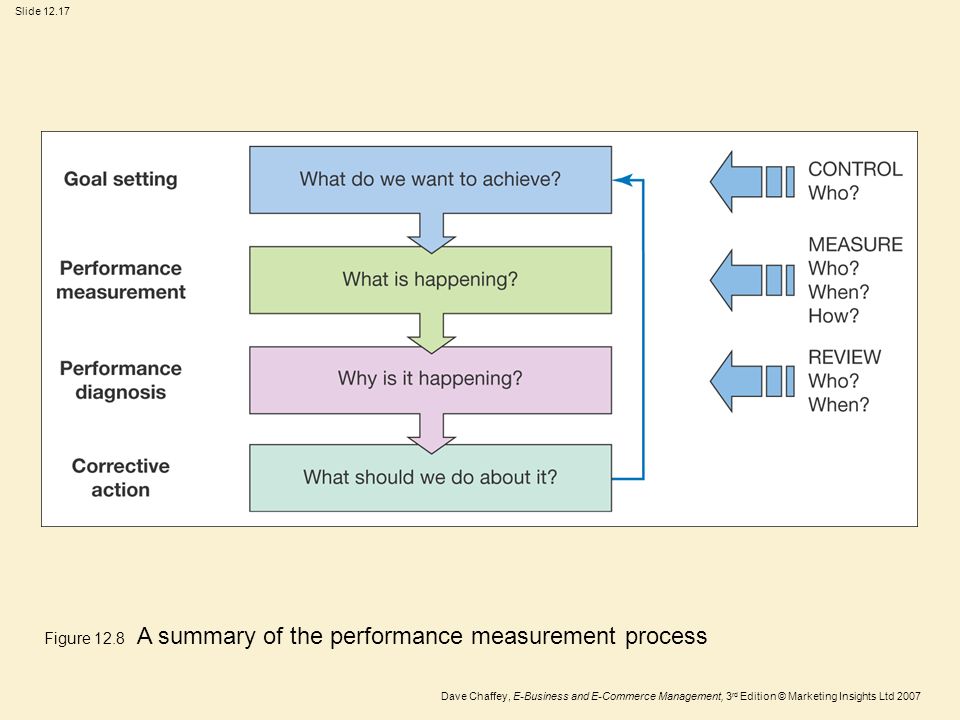UK food delivery market grows to more than £6 billion for the first time in 2016
Email marketing is where email campaigns are used as a form of direct marketing to encourage trail and purchases and as part of a CRM dialogue.
A consumer can opt in for in house email marketing , which options include conversion emails , regular newsletters , house list campaign, event triggered and email sequence.
Companies like ubereats encourage consumers to opt in by offering incentives to increase conversion emails. This is One of the first factors that contribute to the success of email marketing is using incentives to receive the email in the first place for example ubereats gives you £10 off your first order when you sign up. You’re then added to their mailing list.
Discounting popular items
Another reason why email marketing is successful in the takeaway industry is due to the fact of price transparency. Consumers can see when deals are available for example domino’s two for one Tuesday. which encourages consumers to buy due to commoditisation. Which is an example of an event triggered email which is based which tend to be posted when there is an offer available.
The key measure for email marketing are
The delivery rate. Emails will bounce if the email address is no longer valid or a spam filter blocks the email.
The open rate. This is measured for HTML messages through downloaded images.It is an indication of how many customers open an email, but is not accurate since some users have preview panes in the email.
Click through or click rate. This is the number of people who click through on the email of those delivered.
When a email recipient clicks through to the website. Retailers will also have additional methods of comparing email campaigns such as revenue/profit per email or thousand emails or average value order
Stage 1 :You need to create a performance management.

Stage 2 : Defining the performance metrics framework
When Identifying metrics it is common practise to apply the widely used SMART mnemonics and it also useful to consider three levels business measures , marketing measures and specific digital measures.
The five diagnostic categories for digital marketing measures are
Business contribution : Online revenue contribution, category penetration , cost and profitability.
Marketing outcomes: Leads, sales , service contacts , conversion and retention efficiency. In the case of email marketing you can look at the number of sales before and after a campaign , the number of users that are opting in for emails and the conversion from emails.
Customer satisfaction: site usability , performance / availability , contact strategies , opinions , attitudes and brand impact. Email is also a important way to keep customers satisfied for example after they’ve order there food an email confirm they order has been sent. Also replying to complaints can be a reason why a customers stays or leaves the company they’re shopping with.
4. Customer behaviour : Profiles, customer orientation , usability , click streams and site actions. Usability is also important with emails , it is important you design the email with all devices in mind as they might show up differently on different devices.
5. Site promotion: Attraction efficiency . Referrer efficiency , cost of acquisition and reach and E-mail marketing.
Stage 3 : Tools and technique for collecting metrics and summarising results
One way to view if the email has been read is to record the number of hits an email receive this can be recorded for each email text file requested .
Another way or tracking effective Email marketing is through AB testing it refers to testing two different version of a email element such as a heading , image or button for effectiveness.
Some visitors with get one email while others will get a different on thus you can compare which produces more leads thus is more effective .
References
Chaffey, D. and Ellis-Chadwick, F. (2016). Digital marketing. Harlow [etc.]: Pearson, pp.553-60.
Chaffey, D. and Ellis-Chadwick, F. (2016). Digital marketing. Harlow [etc.]: Pearson, pp.522-524
